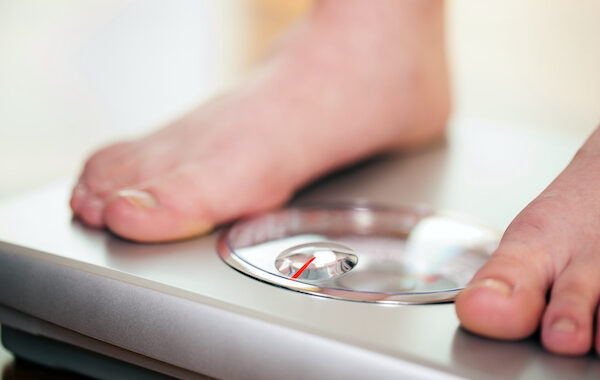Obesity is one of the most serious health issues confronting Americans today, and the consequences of being overweight disproportionately affects our lower limbs and feet.
Being overweight or obese puts excessive pressure on your feet and ankles, increasing your risk of developing osteoarthritis (also called degenerative joint disease), foot pain, and skin problems on your feet. It can also cause a debilitating loop in which people gain weight and then find it difficult to live an active lifestyle and exercise regularly, resulting in even more weight gain.
At FoodDocStore.com, we want to help you address and overcome any foot problems you are experiencing so that you can enjoy a greater quality of life. If you have sore feet on a regular basis, please do not ignore them — there is almost always something you can do to fix the problem.
What are the most common foot issues related to obesity?
Changes in your foot size
Obesity can cause your feet to ‘splay’ and become wider, and the arch of the foot (area along the bottom of the foot between the ball and the heel) to flatten. This is especially noticeable in children. Because their bones are still growing, an obese child’s arch of the foot can flatten, causing a dramatic change in the overall anatomy of their foot.
It is important to wear footwear that is both comfortable and well-fitting. Those with broader feet may have a more difficult time finding a shoe that fits, but there is an increasing number of footwear brands that offer wider fittings today. Do not try to cram your feet into tight shoes that rub or pinch.
Gout
Gout, also known as gouty arthritis, is a very common form of arthritis caused by a deposit of uric acid in the blood. Uric acid is a natural byproduct produced by the body when molecules in cells or ‘purines’ are broken down. The kidneys usually excrete it, but it can accumulate and crystallize in the joints, causing severe pain and redness associated with gout.
Gout can potentially cause permanent joint damage over time. Severe pain and inflammation in one or two joints are common symptoms — it typically affects the base of the big toe. People who are overweight or obese are at a higher risk of developing gout.
Osteoarthritis
Osteoarthritis (also called degenerative joint disease or “wear and tear” arthritis) is the most common form of arthritis. The primary cause of osteoarthritis is stress on the cartilage in the joints, which can be caused by an injury or normal wear and tear.
Being overweight or obese puts extra stress on the joints — especially on your feet — increasing your risk of developing osteoarthritis. Pain, stiffness, tenderness, loss of flexibility, bone spurs, and swelling are common symptoms.
Type 2 Diabetes
Being overweight or obese also increases your risk of developing Type 2 Diabetes (also called adult-onset diabetes). This is a chronic condition where the body’s cells become insulin resistant or cannot produce enough insulin to function properly.
Diabetes can have some serious consequences for your feet. It can cause Peripheral neuropathy (also called peripheral neuritis), which can cause pain, a pins-and-needles sensation, numbness, and weakness in your feet. It can also affect the blood circulatory system, reducing the skin’s ability to repair itself when damaged, and impair the body’s resistance to infection. All of these factors can put the foot at a considerably higher risk of infection. As a result, it is essential to check your feet regularly and visit your local podiatrist for frequent foot checkups if you have diabetes.
Foot pain
Being overweight or obese disrupts your gait (your manner or style of walking), contributing to foot pain. Because the bones, muscles, and tendons in your feet are not meant to bear excessive weight, this places strain on your feet, resulting in soreness, swelling, and pain in the arches and ball of the foot, heel, toe, and ankle.
All of the conditions listed above can cause foot pain, but two other common problems related to obesity that cause foot pain include:
- Posterior tibial tendon dysfunction (PTTD) – It occurs when the posterior tibial tendon (which runs along the inside of the ankle and foot) becomes inflamed or torn.
- Plantar fasciitis (policeman’s heel) – It is an inflammation of the fascia (the thick band of tissue runs from the heel to the toes). Also read: Suffering From Plantar Fasciitis?
Visit the FootDocStore.com blog for more information on how to keep your feet and ankles healthy.

